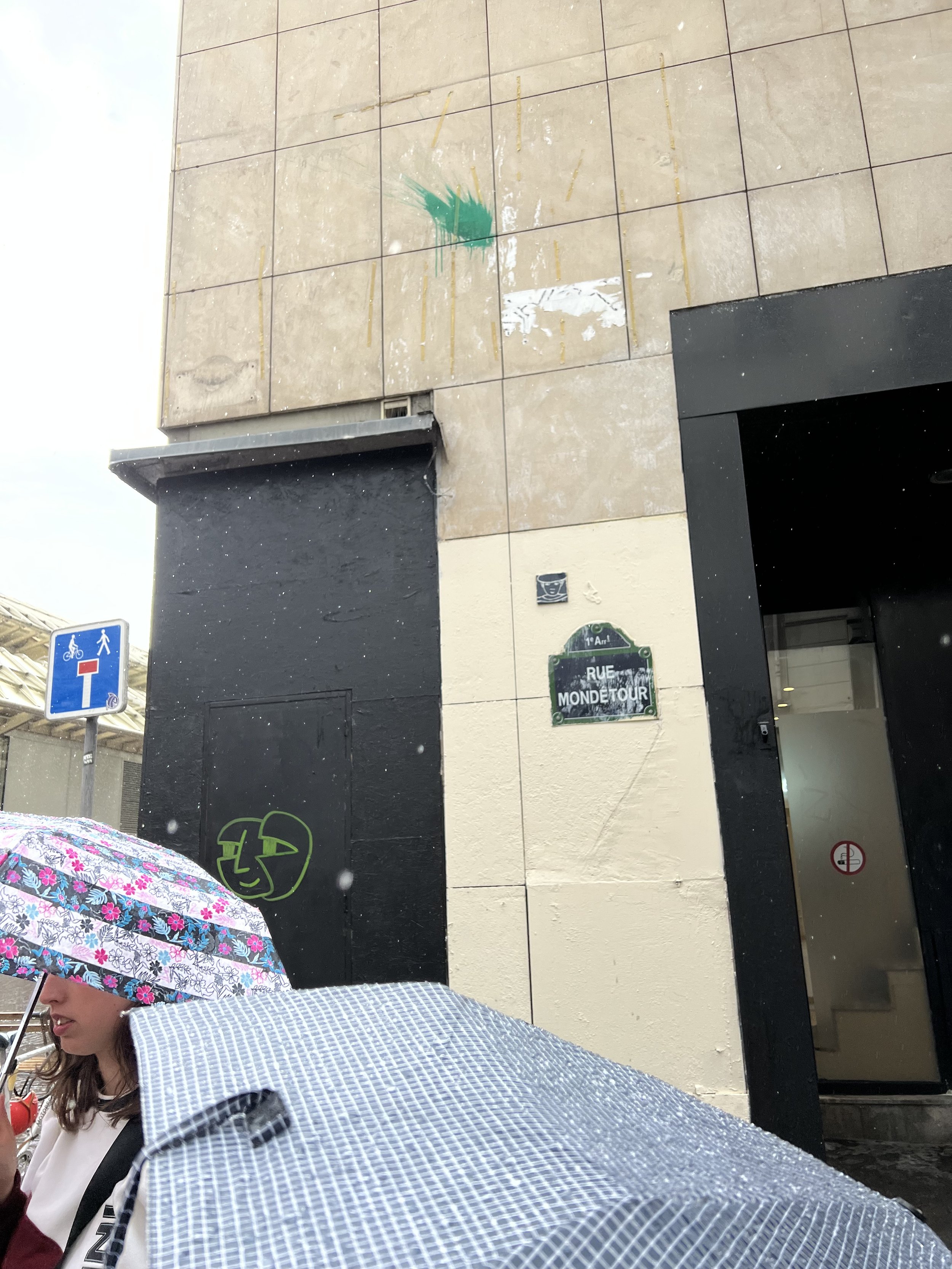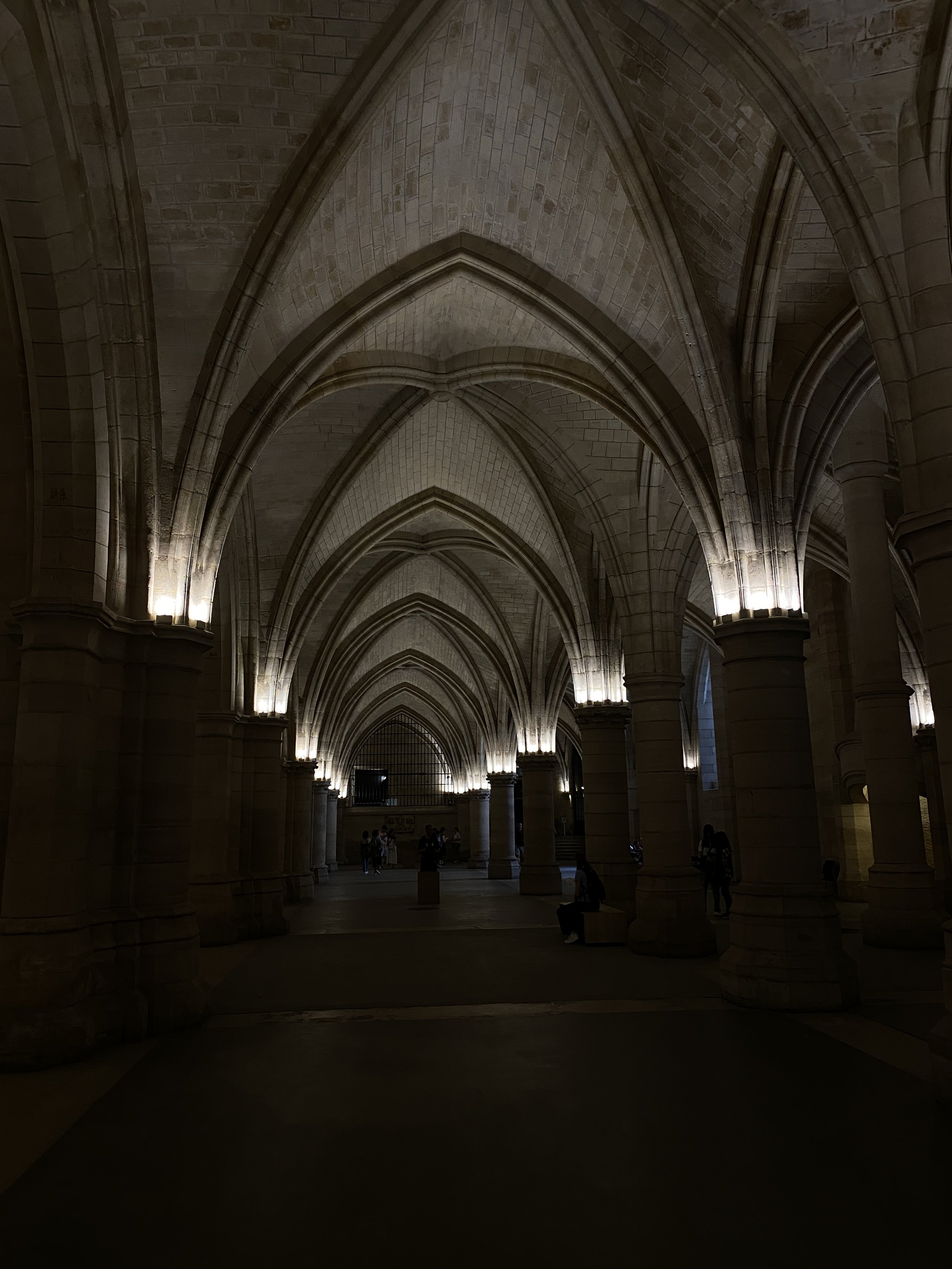In the vibrant mosaic of the world, Paris stands out as a dazzling jewel, celebrated for its extraordinary blend of history, culture, art, and romance. This blog aims to navigate you through my week sojourn in this mesmerizing city. Stepping into the shoes of Victor Hugo’s iconic characters, I immersed myself in the beautiful labyrinth of Parisian streets. From the echoes of "Les Misérables" in Rue Plumet to the awe-inspiring vantage point of the Eiffel Tower, the journey encapsulated the city's allure through literature and heritage. Enriched with visits to landmarks like Les Invalides, Musee de l’Armee, the Arc de Triomphe, and the Latin Quarter, my adventure was a testament to the dynamic dialogue between history, literature, and modernity. Join me as I recount this exploration of Paris, a city where every street whispers tales of the past and every monument bears witness to its timeless charm.
As the first tendrils of dawn caressed the cityscape of Paris, the city gradually roused from its quiet slumber, transitioning into the symphony of daily urban life. Starting my day at the crossroads of Rue Plumet and Rue de Babylone, I found myself standing on the edge of an extraordinary adventure that would effortlessly marry the literary brilliance of Victor Hugo's "Les Misérables" with the undeniable charm of Paris.
Embodying the spirit of Marius, a significant character in Hugo's oeuvre, we embarked on an exploration that blurs the borders between the realms of fiction and reality. The essence of this unique sojourn is not merely in retracing the steps of a fictional persona but rather in understanding the profound historical, cultural, and socioeconomic contexts that breathed life into these characters.
The northward path led us to the grand edifice of Les Invalides. The monument's profound historical importance resonates in the echo of footsteps on ancient stone. L’Église du Dôme, with its splendid gilded dome, presented a magnificent testament to the architectural prowess of a bygone era. Our journey through time continued to the Tomb of Napoleon Bonaparte. This solemn visit offered a moment to reflect upon the narratives of power, ambition, and transformation that are etched into the heart of French history.
The Musee de l’Armee offered a continuation of this historical exploration. The Napoleonic galleries unveiled a panorama of strategic military planning, the rise and fall of empires, and the relentless human pursuit of power. The intricate design of the uniforms of the Grande Armée served as a visual representation of the strategic branding efforts of an era that is long past yet continues to influence our present.
Crossing the Pont Alexandre III, an epitome of Art Nouveau aesthetics, I was captivated by the dynamic blend of artistic creativity and structural precision. Our journey led us to the famed Champs Elysées, a bustling vein of Parisian life, leading up to the monumental Arc de Triomphe, a symbol of past victories, resilience, and the indomitable French spirit.
The narrative then segued into the Rue des Archives, tracing the path of Jean Valjean, another central figure in "Les Misérables," towards Rue de l'Homme Armé. This exploration highlighted the role of geography in literature, demonstrating how physical spaces can serve as powerful narrative devices.
A visit to Maison de Victor Hugo provided a personal encounter with the literary genius, offering a glimpse into the environment that shaped some of the world's most influential literary works. The exploration of Musée Carnavalet served as a fitting finale to the day's activities, rounding off the narrative with a comprehensive overview of Paris's history. A group dinner at La Place Royal offered a moment of camaraderie and reflection, punctuating the day with flavors of French cuisine and the sweet notes of shared experiences.
The next day, our literary journey ventured into the Latin Quarter. With every step through the cobblestone streets, I experienced the cultural and historical richness of the neighborhood. From the iconic Shakespeare and Co. to the historical St-Severin, The Sorbonne, and Rue Gay-Lussac, each location added a new layer to the narrative. The day was punctuated by a group entry to the Panthéon, a monument to the national achievements of France, further deepening my understanding of French heritage.
As the hustle and bustle of the city gradually quieted, I found tranquility in the beautifully manicured Luxembourg Gardens. Amidst the city's vibrant atmosphere, the gardens offered a serene retreat, a moment of solitude in which to reflect on the day's experiences.
As the sun set, giving way to the night, my journey led me towards the world-renowned symbol of Paris - the Eiffel Tower. Illuminated against the night sky, the monument shone with an almost ethereal brilliance. The ascent to the tower's summit was a culmination of the day's experiences, revealing an unparalleled panorama of Paris. The cityscape, dotted with lights, seemed to mirror the stars, each twinkle telling countless tales of the city's past, present, and anticipated future.
As I reflect upon my time in Paris, the overwhelming sense of awe, respect, and appreciation remains as vivid as ever. The day's journey provided not just an exploration of historical locations but a deeper understanding of the intersection between literature, history, and modernity. This journey was not only about retracing the paths of fictional characters but also about recognizing how history, culture, and societal structures shape narratives and identities.
From wandering through the labyrinth of Parisian streets as imagined by Victor Hugo, to observing the city from the peak of the Eiffel Tower, each moment provided insights into the complexities of Paris's identity. I was reminded of the seamless dance between history and the present, literature and reality. This journey allowed me to perceive the city not just as an architectural marvel or a bustling metropolis, but as a dynamic, living narrative, constantly evolving yet deeply rooted in its history, a narrative that Victor Hugo described.


















































